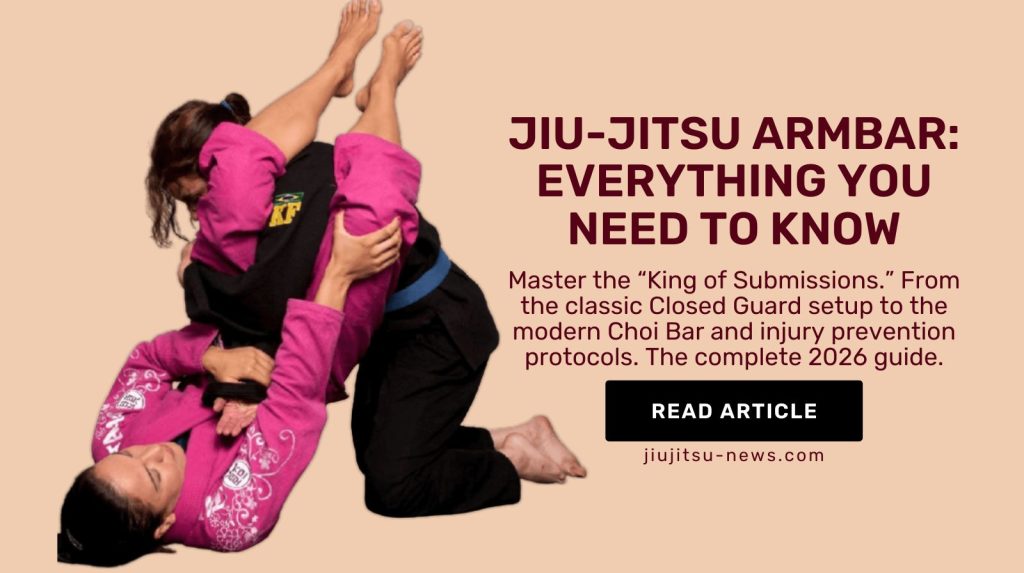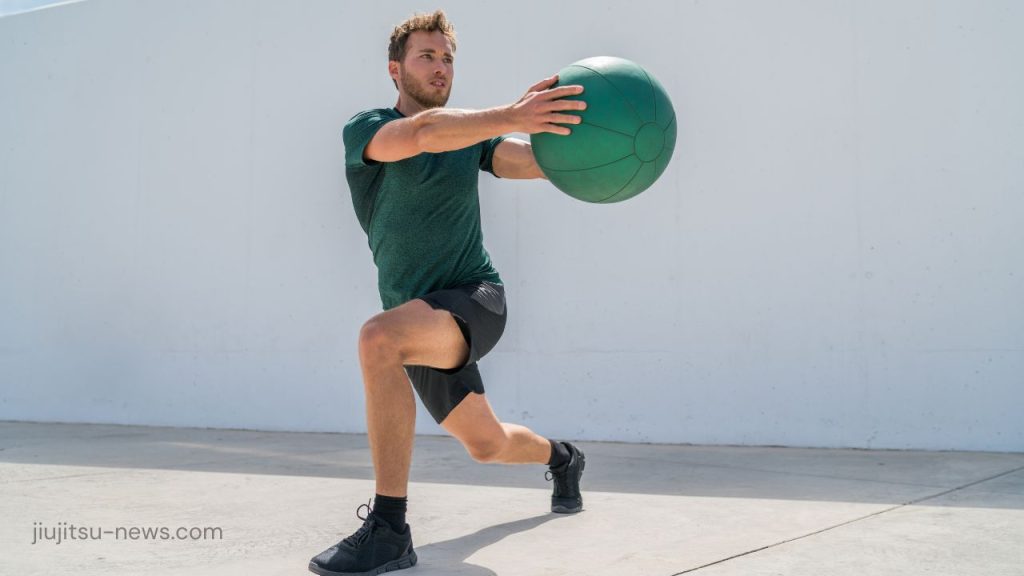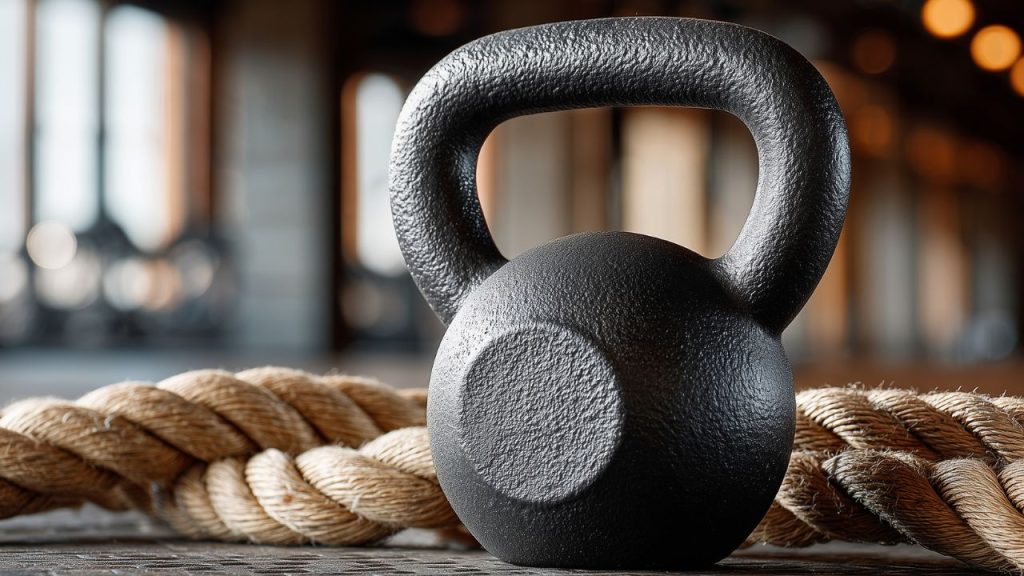
Are you struggling to maintain control over your opponents in Brazilian Jiu-Jitsu? Mastering the basic BJJ positions is crucial for any grappler looking to dominate on the mats.
In Brazilian Jiu-Jitsu, the key to success isn’t just executing fancy techniques; it’s securing a position from which you can effectively control and neutralize your opponent.
Continue reading to explore the ten essential positions that will transform your approach and effectiveness in BJJ.
Basic BJJ Positions
As a Brazilian Jiu-Jitsu practitioner, you’ll encounter various positions that serve either offensive or defensive purposes.
Here’s an overview of basic BJJ positions essential to your development in the sport.
Closed Guard

The closed guard is a foundational position in Jiu Jitsu, serving as a critical starting point for beginners.
In this position, the practitioner on the bottom wraps their legs around the opponent’s waist, effectively controlling them.
From here, the bottom practitioner can launch various submissions, such as the kimura lock, armbar, and triangle, or execute sweeps, such as the scissor or kimura sweep.
The person on top has limited options and must work to break out of the closed guard by improving their posture and applying specific techniques to open the guard.
Half Guard

The half-guard is a vital position often used in gi and no-gi grappling.
In half guard, one of the bottom practitioner’s legs is entangled with the opponent’s, creating offensive and defensive opportunities.
The top practitioner generally has more avenues to advance, but the outcome often depends on who can establish control first.
For the bottom player, maintaining distance using a knee shield and hand placements is crucial to prevent the top player from gaining control of the head and flattening it out.
Conversely, the top fighter aims to dominate by controlling the opponent’s head, breaking the half guard, and transitioning to more dominant positions like the side mount or knee on belly, from which they can pursue further submissions.
Butterfly Guard
The butterfly guard is an active, open guard position incredibly effective for managing distance and executing sweeps or submissions.
Sitting upright, the practitioner places their shins against the inside of the opponent’s thighs, with their legs angled outward, resembling a butterfly’s wings.
This position allows for excellent control over the spacing, making it possible to unbalance the opponent and transition into different attacks or defensive moves.
Marcelo Garcia, a renowned grappler, famously utilized the butterfly guard significantly, showcasing its potential in high-level BJJ competition.
Spider Guard
The spider guard is a dynamic and challenging position, particularly common in gi Jiu Jitsu.
It involves gripping the opponent’s sleeves or wrists while using your feet to control their arms, often placing a foot on the bicep or wrapping a leg around the elbow.
This position allows the practitioner to off-balance their opponent and create openings for attacks such as triangle chokes, armbars, and omoplatas.
Mastery of the spider guard can give practitioners a significant tactical advantage in controlling the pace and flow of the match.
De La Riva Guard
Named after Ricardo de la Riva, the De La Riva guard is sophisticated and played from the bottom.
It’s especially effective against standing or kneeling opponents and is characterized by one leg wrapping around the opponent’s leg and the other controlling the ankle or hip.
This position is a hub for sweeps, back takes, and submissions, including berimbolos and leg locks.
The De La Riva guard is a staple in competitive BJJ for its versatility and the dynamic options it presents to the practitioner.
Side Control
Side control, or side mount, is a transitional yet consequential position that typically follows the passing of the opponent’s guard.
It opens up numerous submission opportunities and transitions to more dominant positions like full mount or north-south.
The practitioner on the bottom must strive to regain guard or escape. In contrast, the top practitioner can seek to secure submissions such as the Kimura or Americana or advance to more vital positions.
Knee on Belly
The knee-on-belly position places significant pressure on the opponent, making them uncomfortable and forcing them to move, often creating openings for further attacks.
It’s an aggressive position that allows the top practitioner to maintain control while staying mobile and ready to respond to the opponent’s actions.
This position is crucial for gaining points in competitions and for setting up submissions because it induces vulnerability in the opponent.
North-South
The north-south position is a dominant control point often used as a transitional position from side control.
It allows for various submissions and transitions, including north-south chokes, and provides a strategic vantage point to control the opponent effectively.
Full Mount
Regarded as one of the most dominant positions in BJJ, full mount places the practitioner on top of the opponent’s torso, allowing for powerful strikes and submissions.
It significantly limits the bottom player’s options and can lead to victorious outcomes through strategic attacks and control.
Back Control
Also known as the back mount, back control is the pinnacle of dominant positions in Brazilian Jiu-Jitsu.
From here, a practitioner can execute various chokes, like the rear-naked choke, and other submissions efficiently due to the control and leverage gained over the opponent.
Conclusion
understanding and mastering these ten fundamental BJJ positions is essential for anyone serious about improving their grappling skills.
Each position offers unique advantages and requires specific techniques and strategies for practical use.






